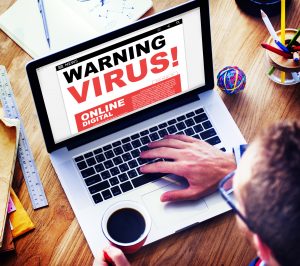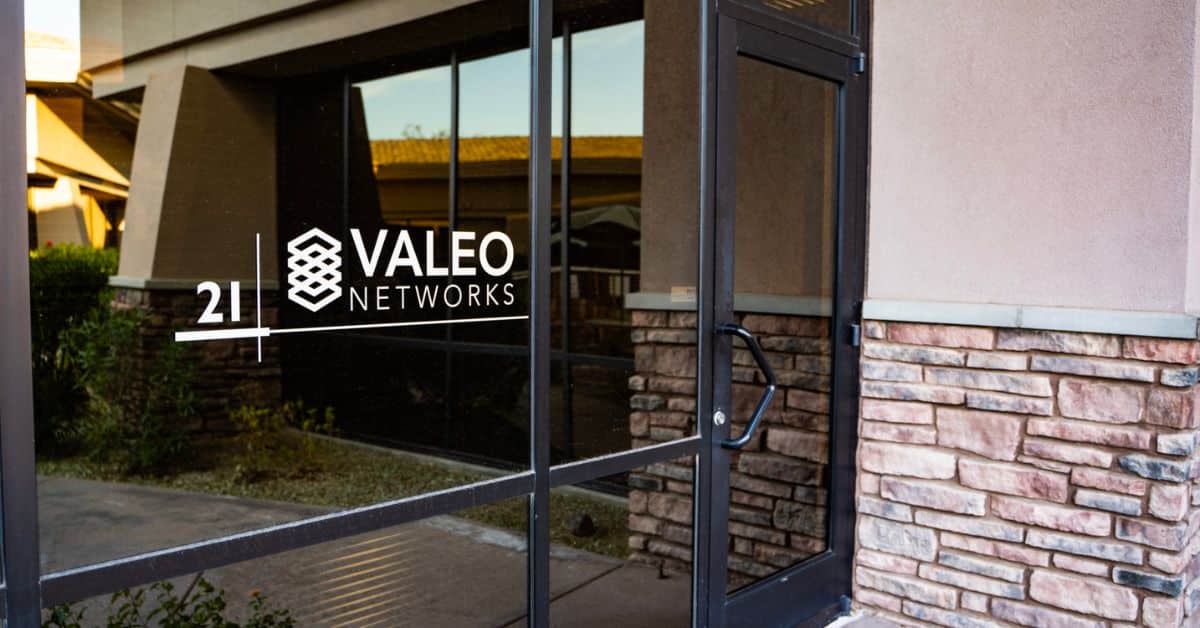Bolstering Your Security Operations Center to Reduce Risk of an Attack
Many companies still don’t consider cybersecurity attacks a major threat. With the number of attacks on the rise and the complexity of these attacks,...
1 min read
Valeo Networks : Apr 14, 2017 12:00:00 AM

It is often thought that MAC operating systems have been protected from viruses. Unfortunately, with the advances in technology and complexity of attacks, no one is safe. According to research by security firm McAfee, there is a 700% jump in the number of malware threats to Mac OS systems compared to the previous year. Statistics indicate that the fourth quarter of 2016 saw 460,000 malware instances affecting the Mac OS. Research says that the primary reason for the increased incidents has been attributed to the increase in adware bundling on the Mac OS.
With increasing attacks of Malware, it’s important to know how to detect and prevent harmful attacks. Follow these tips to keep your device protected.
How to detect malware:
Does your computer seem to be running slow? This may be due to malware. By tracking your activities, sending unwanted ads, and crashing programs, your computer may be nearing a crash caused by malware.
Too many ads aren’t good. If you are receiving multiple unwanted ads, error notifications/messages, or even anti-virus software ads, odds are your computer is already infected.
If your computer’s settings are changing without your permission, then it would be a smart move to begin looking into some anti-malware software. Malware has the ability to change the settings on your homepage, toolbar, and search page.
Research different malware detection software and install the best fit for your device. With this software, it is much easier to identify infectious sources.
How to prevent malware:
Valeo Networks helps many companies prevent attacks and ensure that the most effective anti-virus software is installed on all your devices. Learn more about Valeo Networks and the services we offer by giving us a call 800-584- 6844 or via sales@saalexIT.com. We’d be happy to provide you with a free consultation!


Many companies still don’t consider cybersecurity attacks a major threat. With the number of attacks on the rise and the complexity of these attacks,...

With cybersecurity attacks on the rise and the complexity of these attacks becoming more and more advanced, it is crucial for you business to have a...

You receive an email from the boss telling you to transfer a large sum of money. Before you hit “send” on that transfer, you had better do a double...

With cutting-edge technology and quality customer service,
you’ll find everything you need to help your company soar
with Valeo Networks.
1006 Pathfinder Way
Rockledge, FL 32955
Business Hours:
M-F: 8AM-9PM
© 2025 Copyright Valeo Networks. All Rights Reserved.